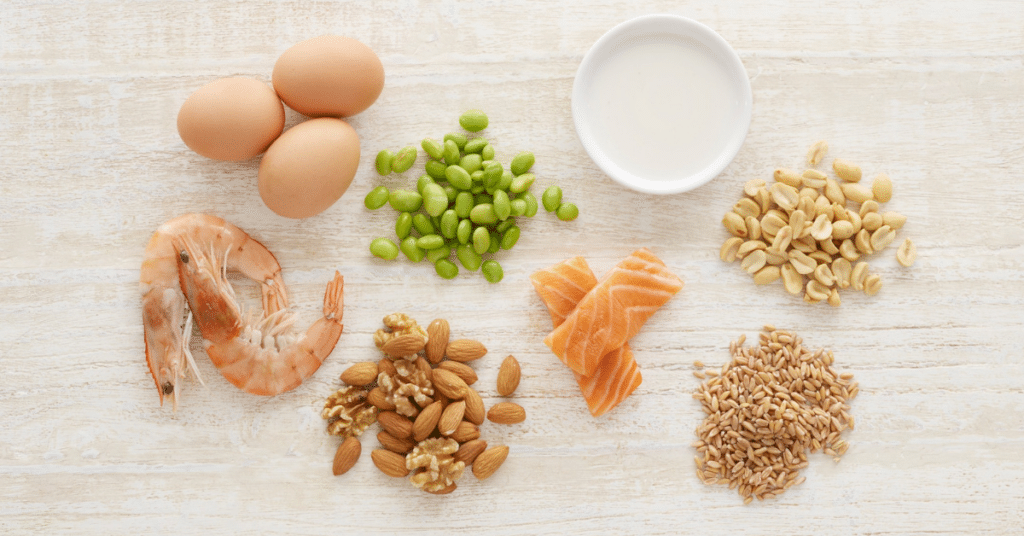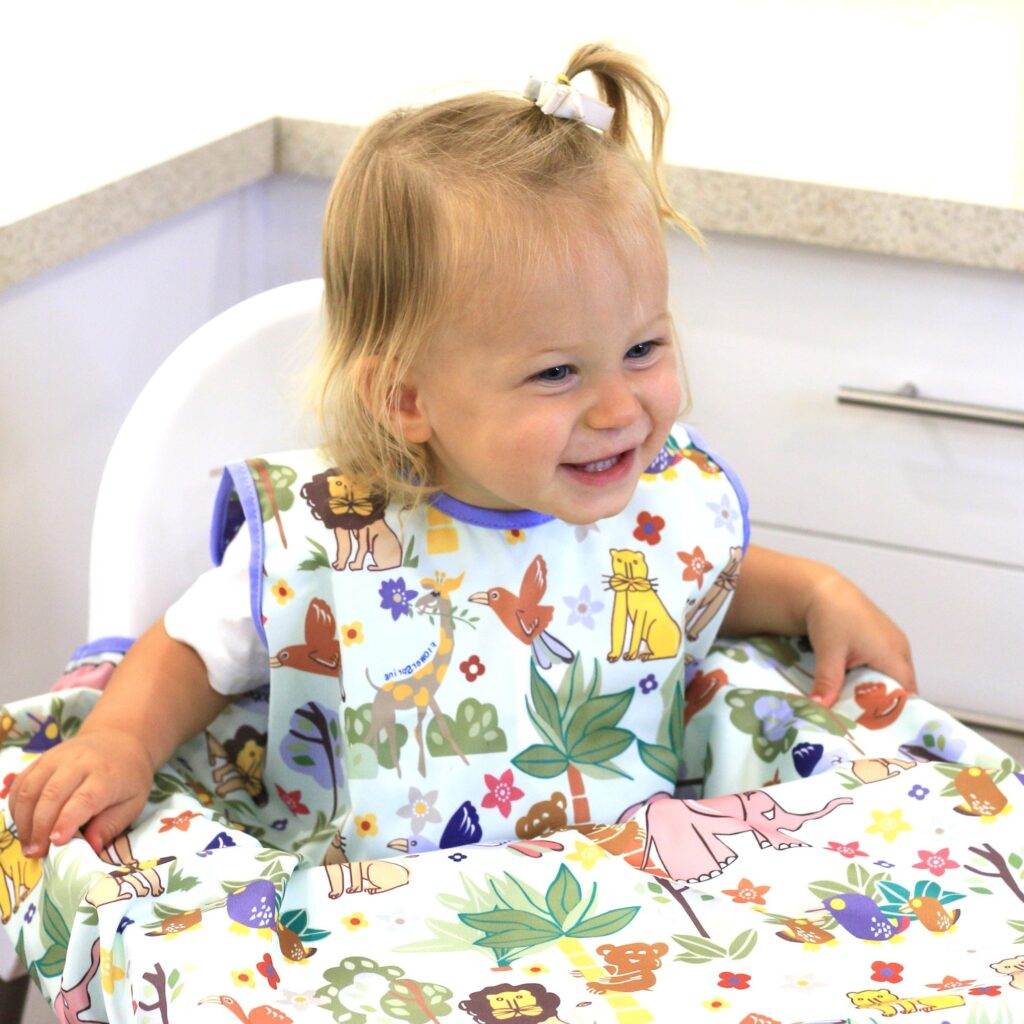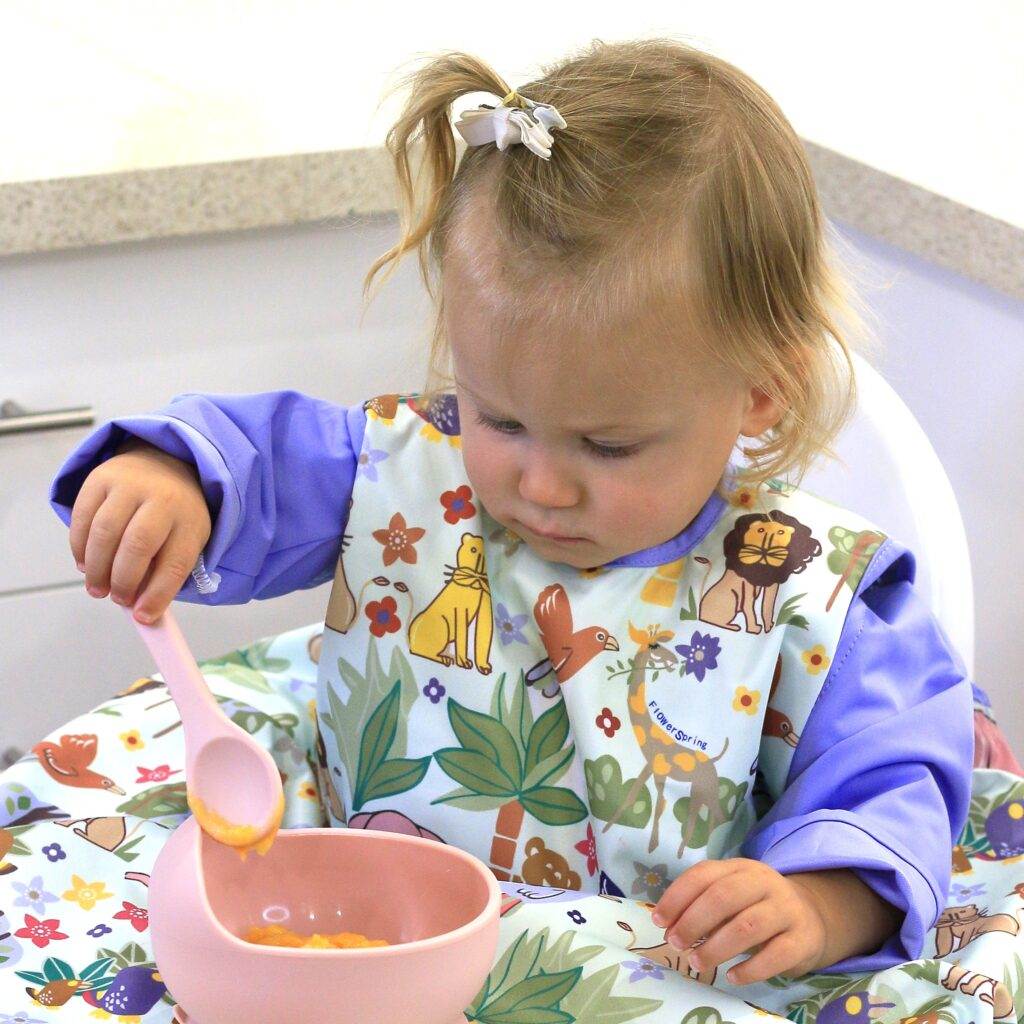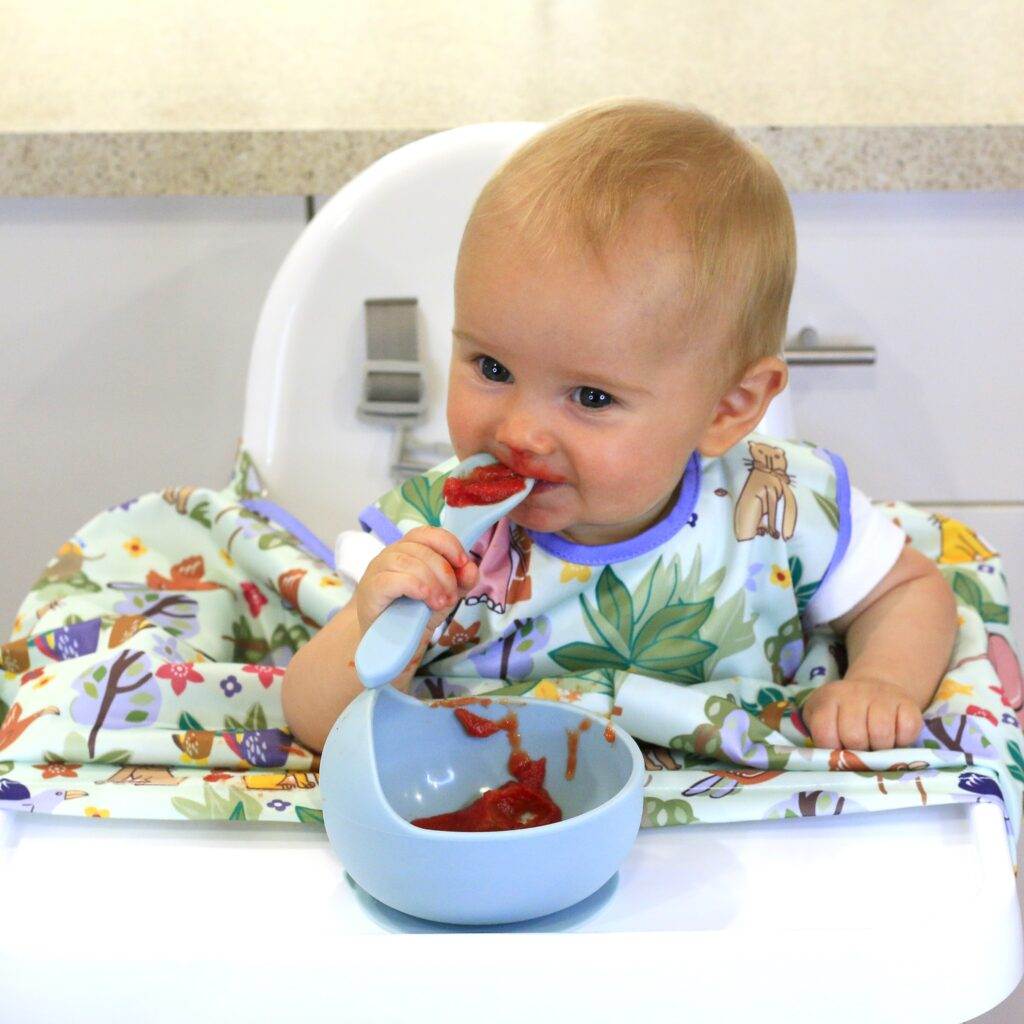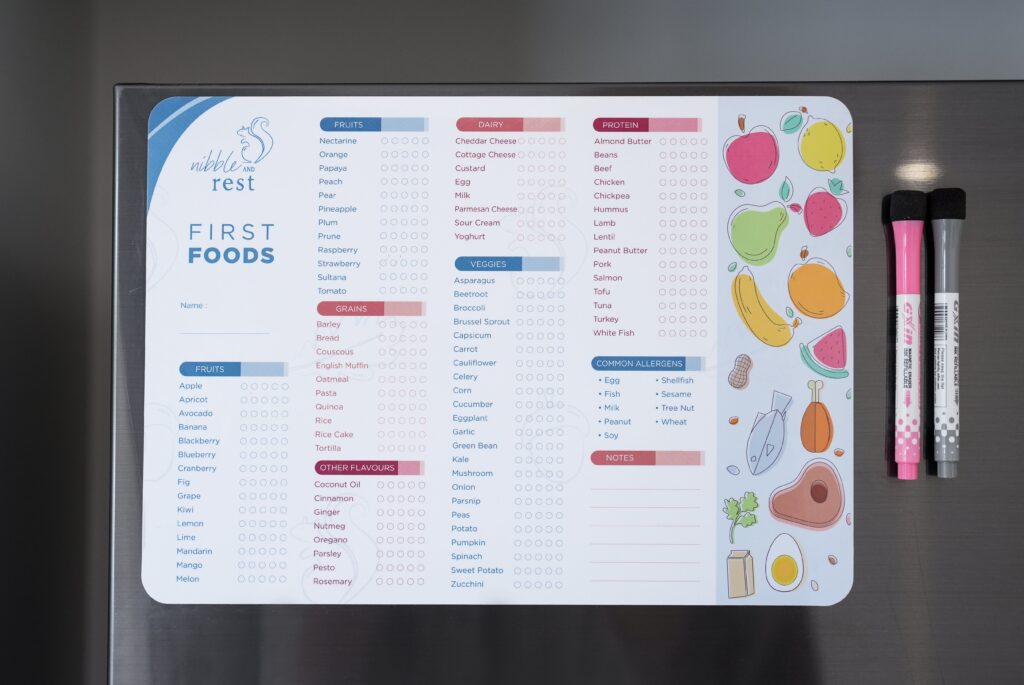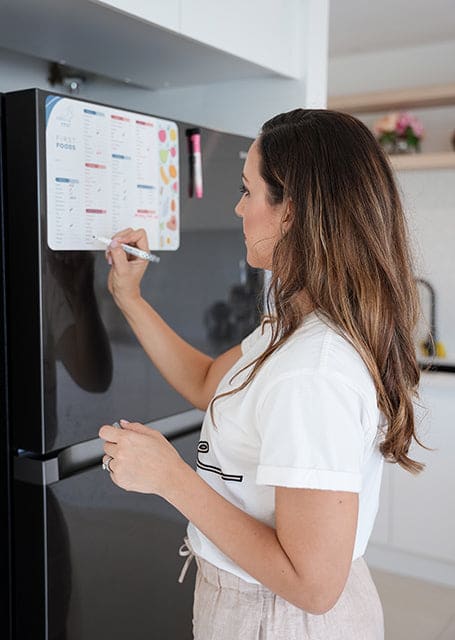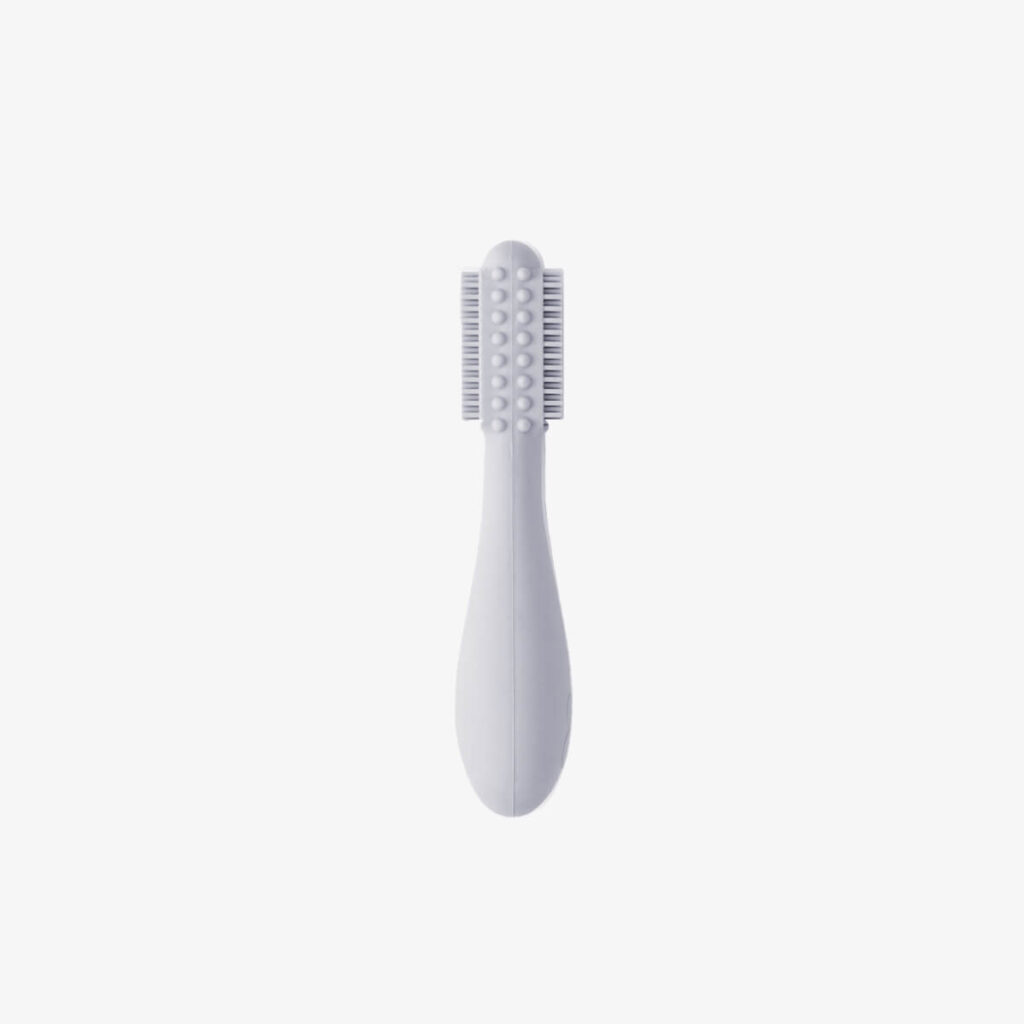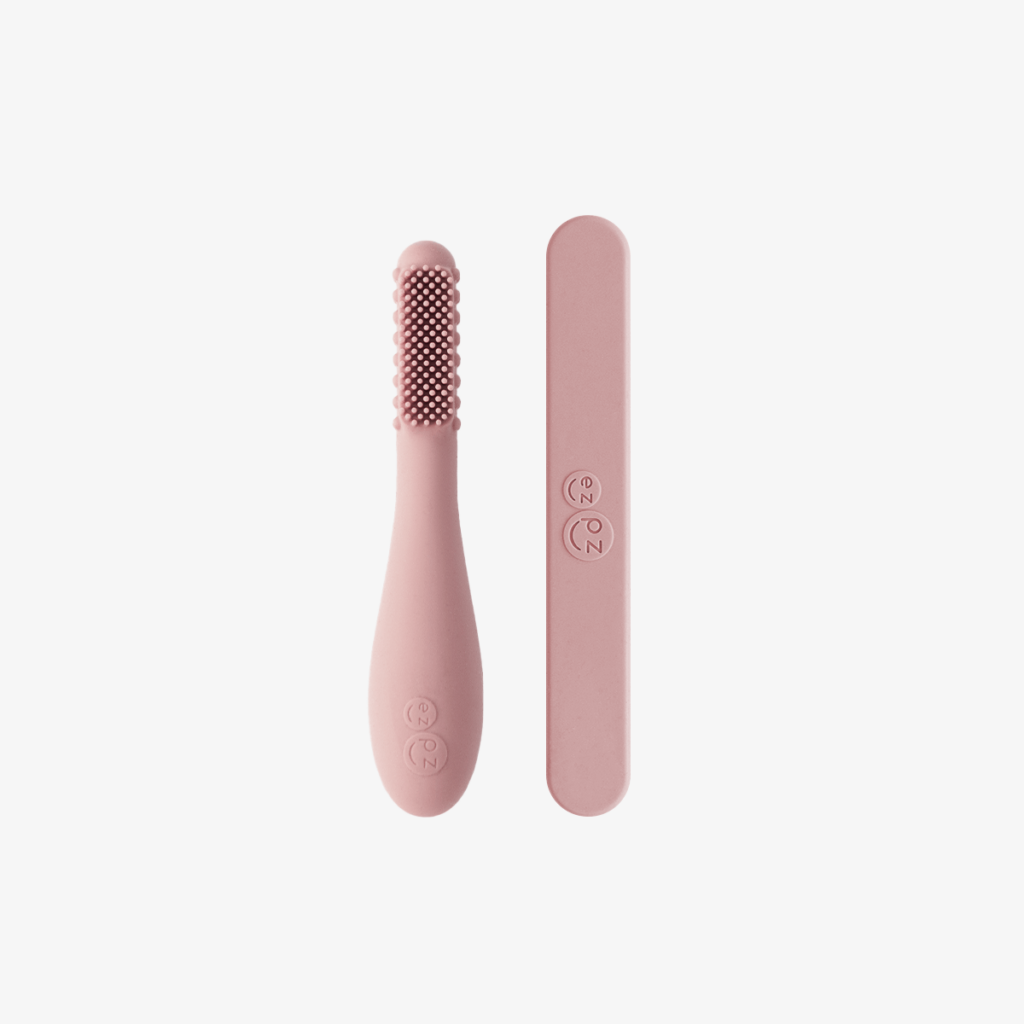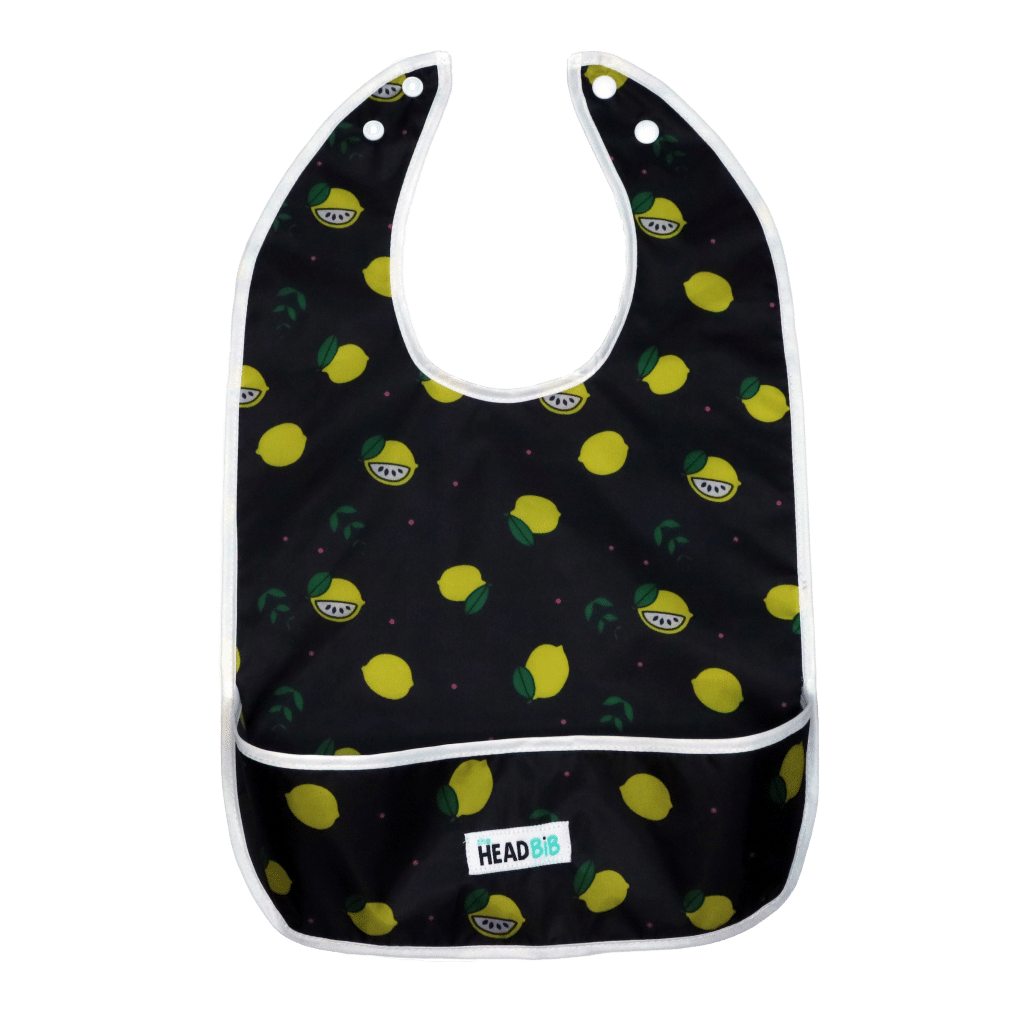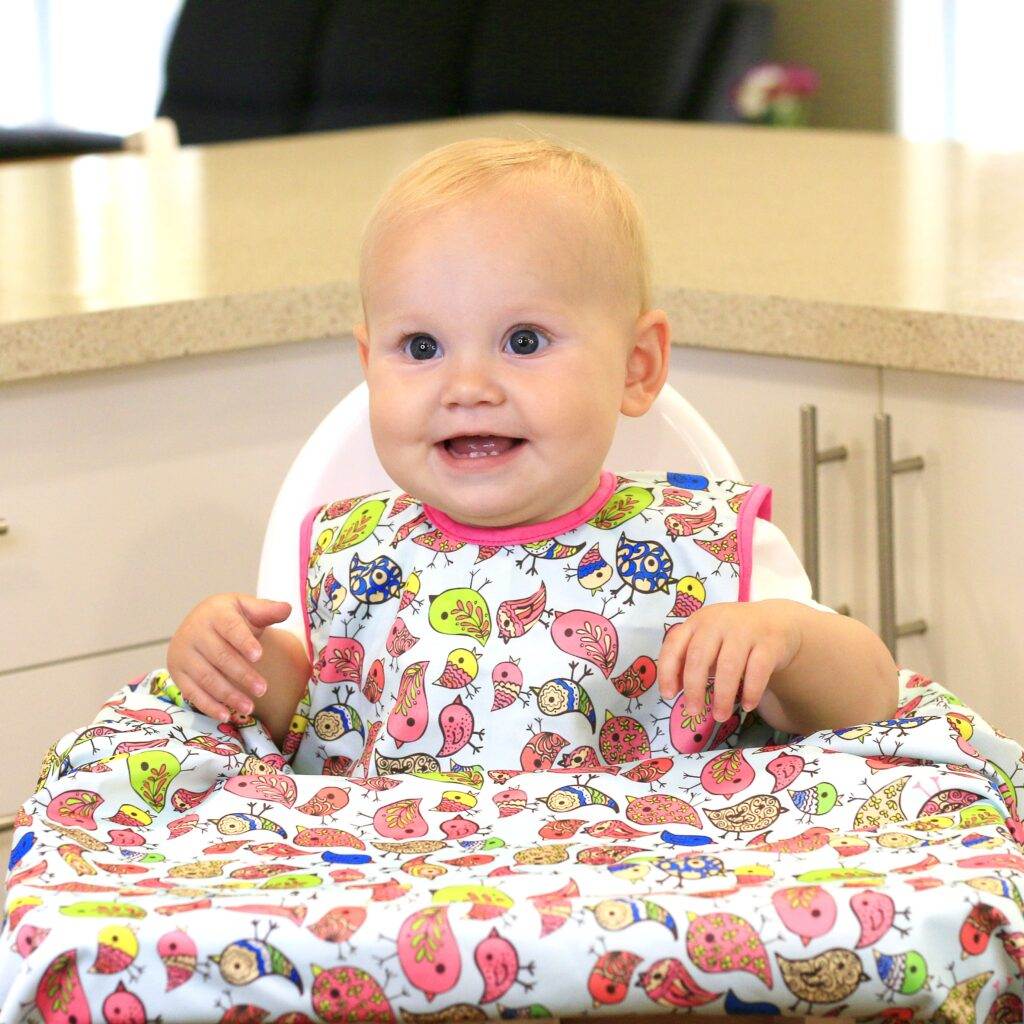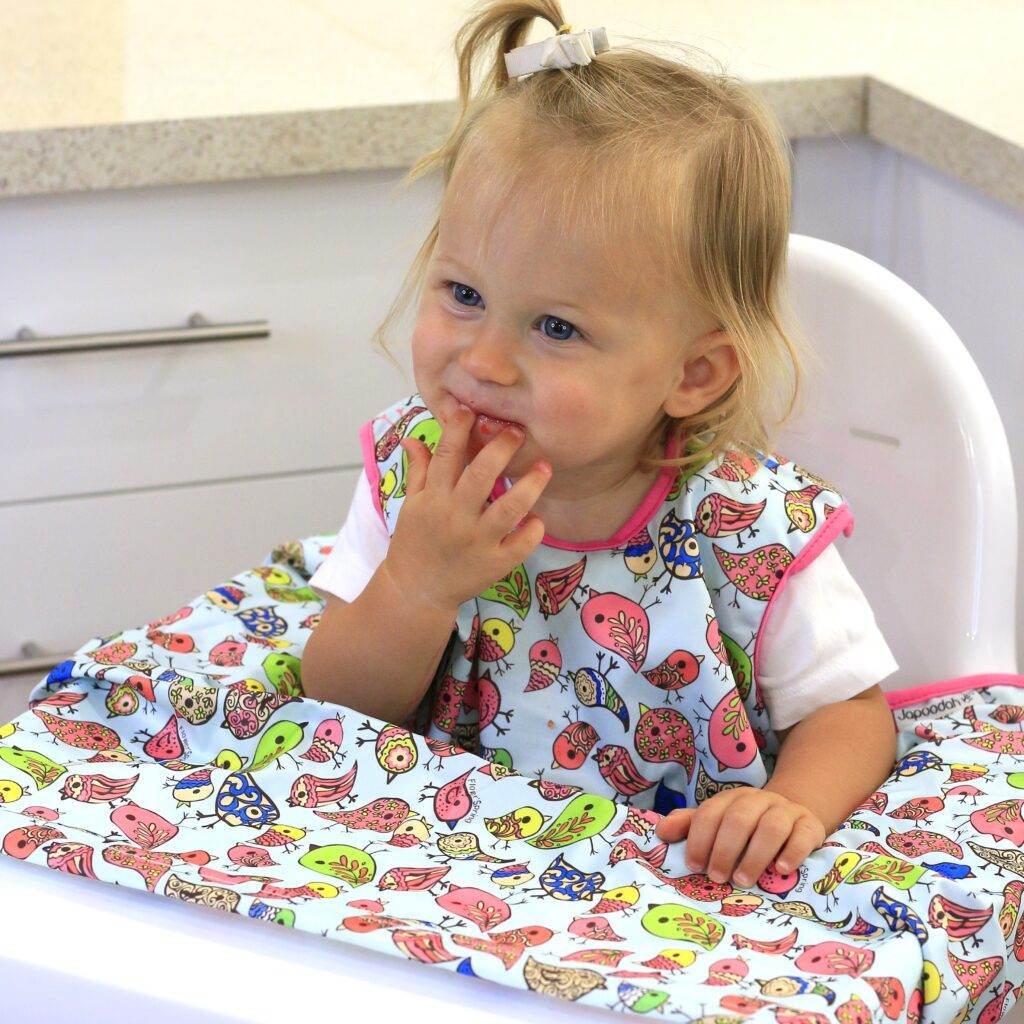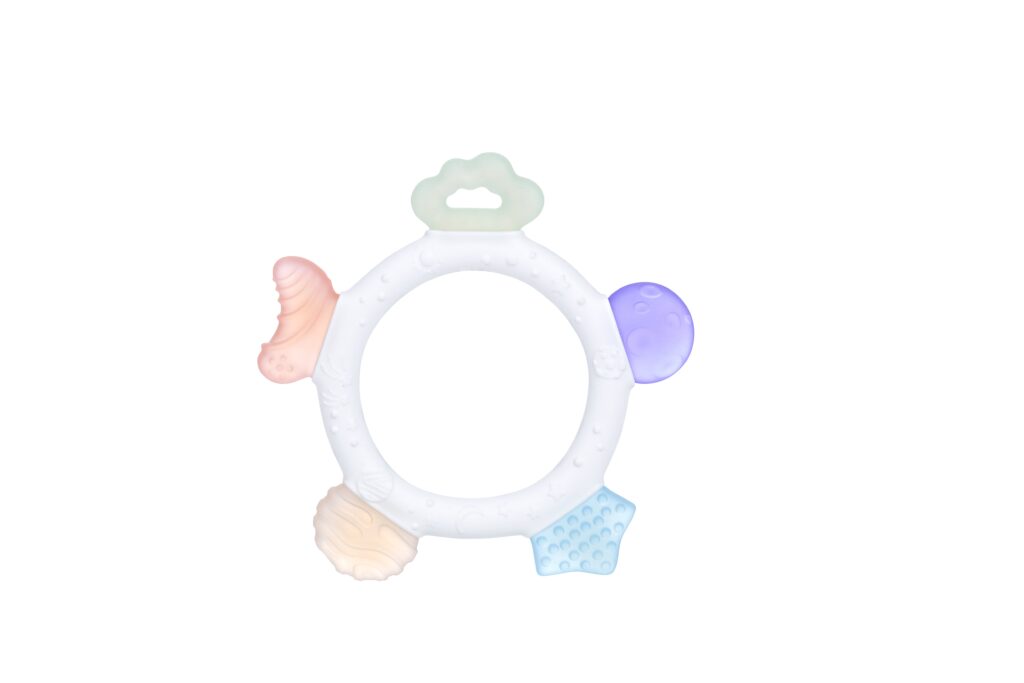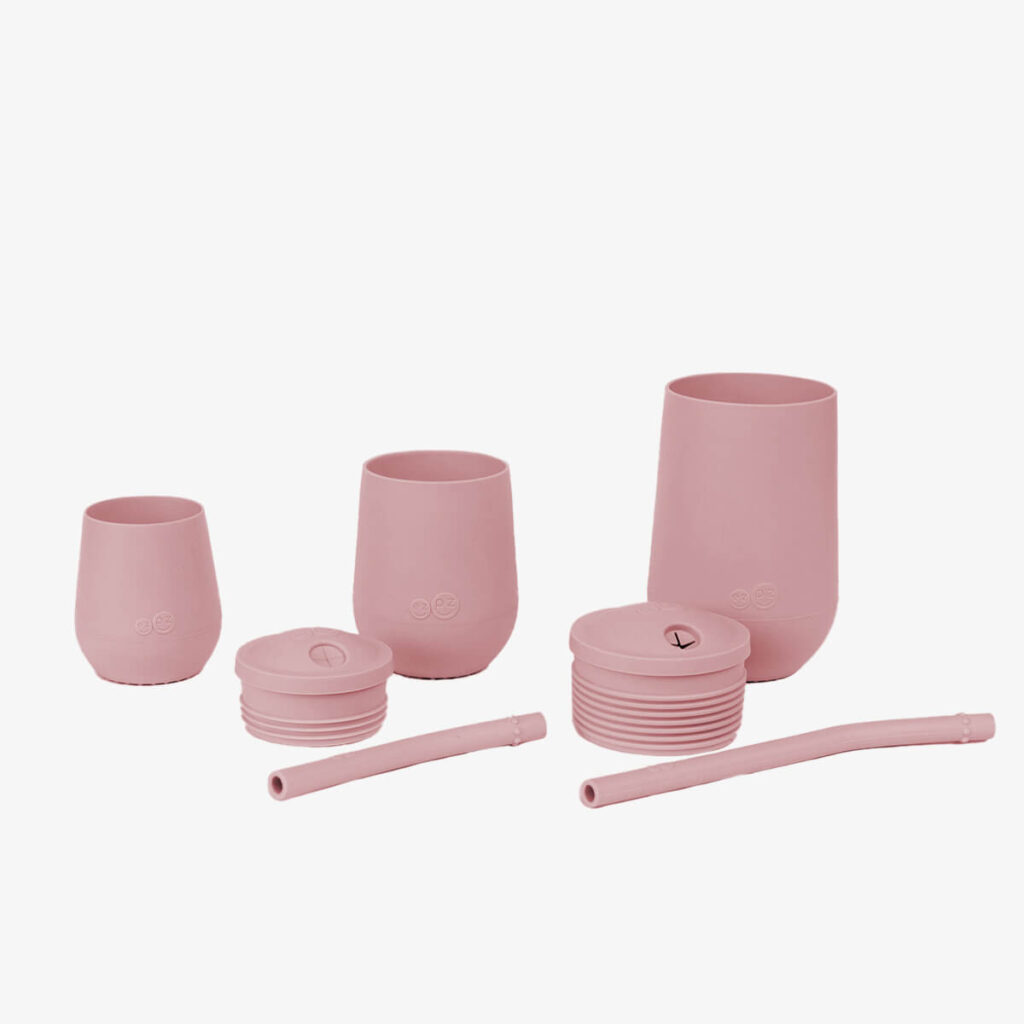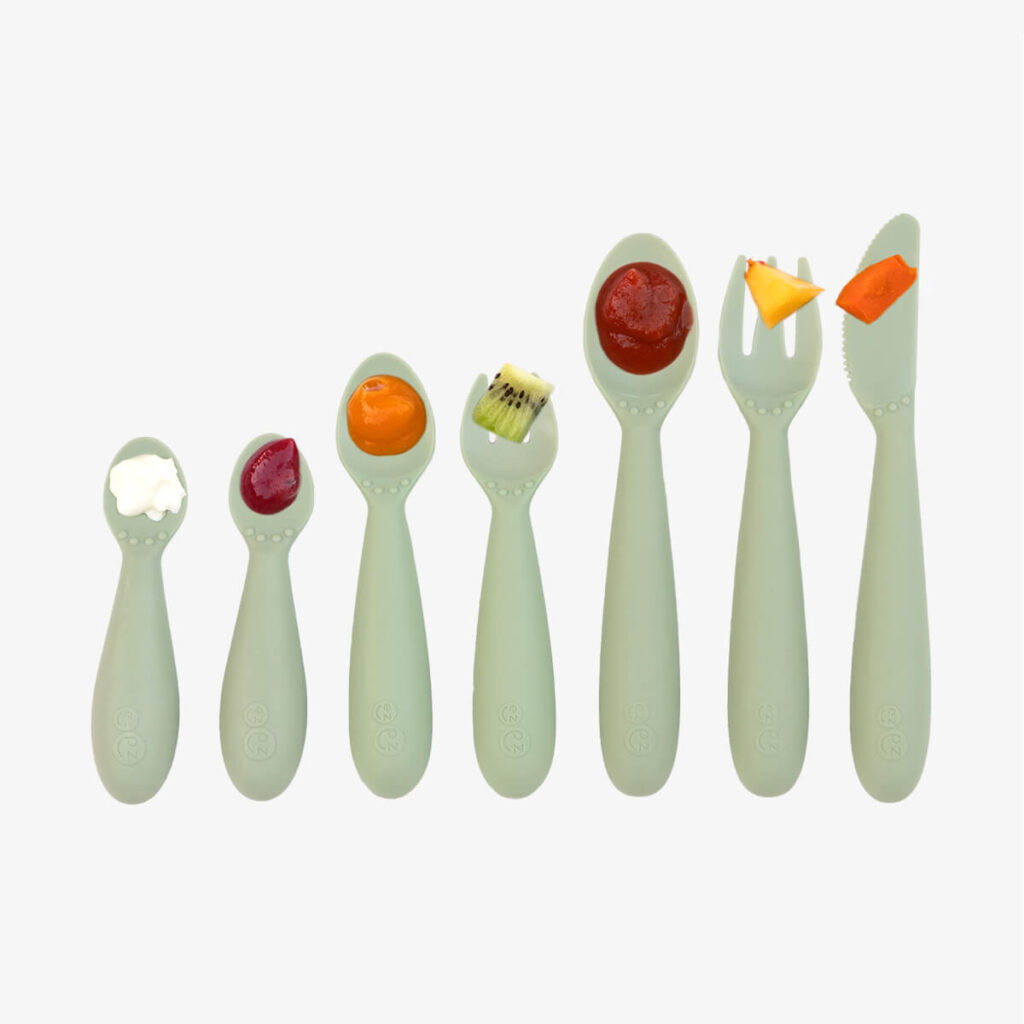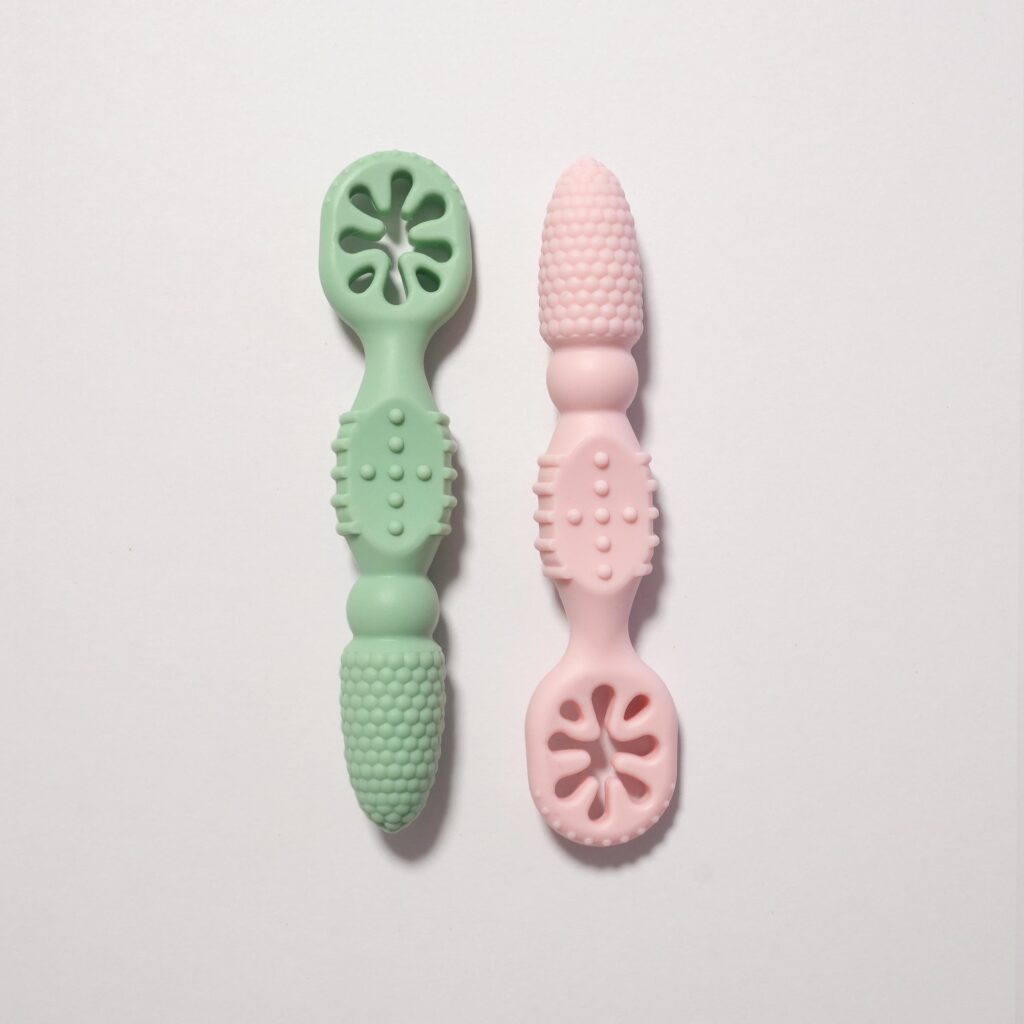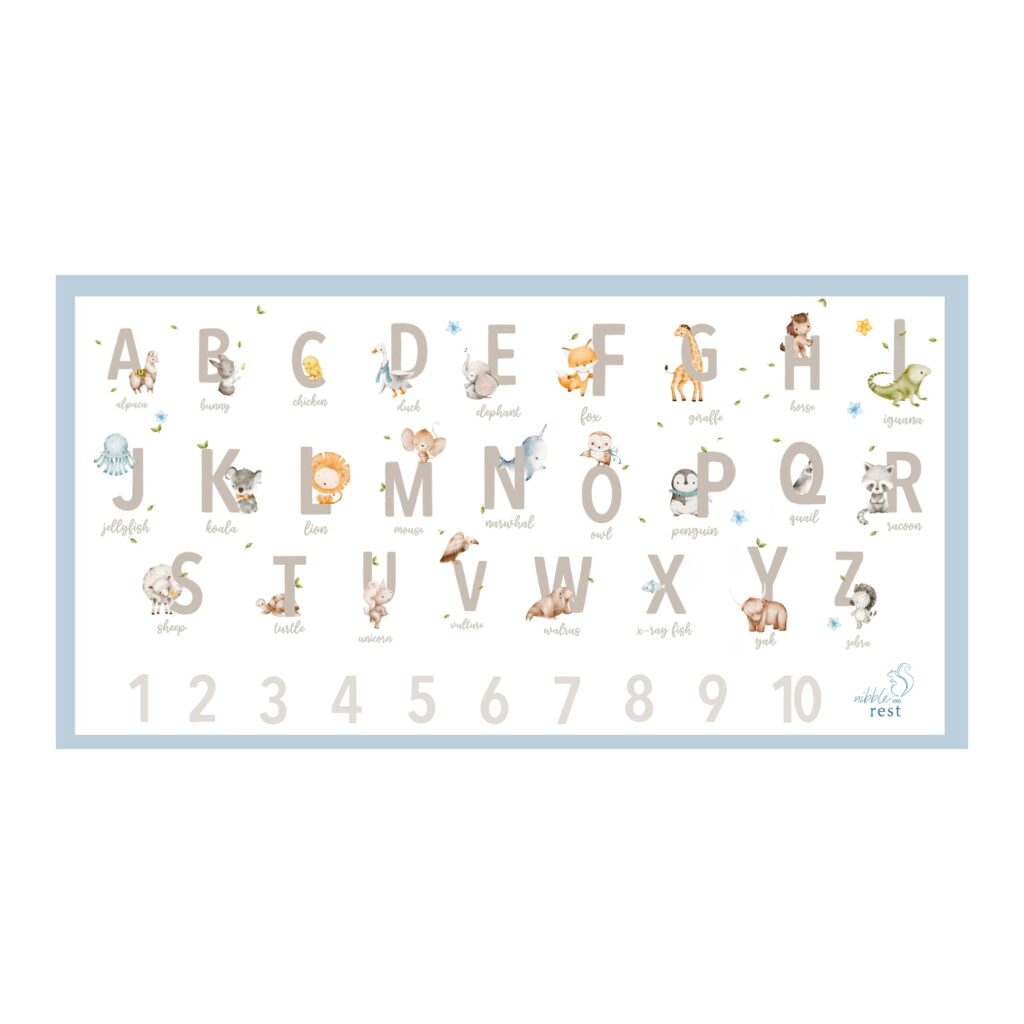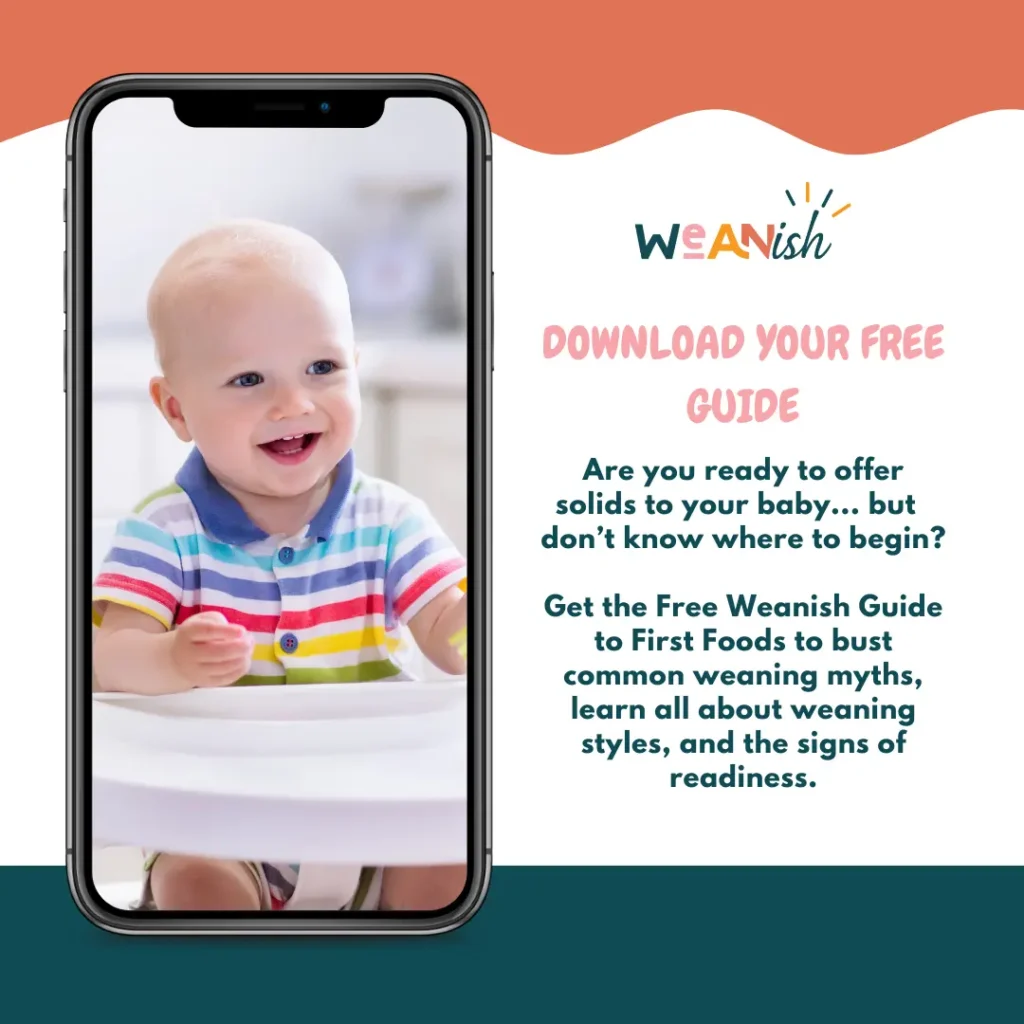Hello and welcome back to episode four of Introducing Solids with Weanish. I'm your host Rennae Hoare, children's nutritionist, mum and founder of the infant and toddler feeding marketplace, Weanish. In today's episode, we'll be talking about allergenic food introduction, the nine top allergenic foods you should introduce to your baby before 12 months old, how to do that and the symptoms to look for after introduction.
Now, before we get into any of that, I wanted to just share with you that I have been a lifelong allergy sufferer myself and my allergies manifest as eczema. My eczema is tied to food allergies. It's something that I have had issue with my whole life, but it hasn't been too much of a problem because once I was able to identify the triggers, I've been able to steer clear of them.
It's essential to know what the triggers are to maintain any food allergies. High allergen foods aren't always the foods that we're allergic to. In fact, I'm not allergic to any of the high allergen foods. I'm allergic to some really obscure foods like, foods that have natural red coloring or turmeric also makes me react. And then things like grasses, plants, and flowers.
Allergies can come from anywhere, but today we will be specifically touching on the allergies in response to food. There's something else that you may or may not know. And this is a really important part when you talk about allergies. And that, is that allergies are actually genetic.
They often run in families. Parents can pass down the tendency to develop them through their genes. However, having a parent with allergies doesn't guarantee that a child will also have those allergies. Typically, kids don't inherit a specific allergy, but rather a general predisposition to develop them.
Interestingly, some children may have allergies, even if no family member does, and kids with one allergy are often more likely to develop others. So knowing all of this information, that A, allergies are genetic, and B, I have food allergies. I was very conscious of how I introduced the allergenic foods to my children and I made sure that I introduced them before 12 months old.
And this is why today we're going to be touching on the allergy introduction. We're also going to talk about the rise of allergy in children and what we can do to try and prevent that in our own children. We'll go through those top allergenic foods and then the symptoms to look for.
So let's get started.
Food allergies in children are on the rise, and they affect 10 percent of children globally and they are also becoming more commonplace. The US Centers for Disease Control and Prevention, which is the CDC, reports that the frequency of food allergies has increased by 50 percent since the 1990s and some of the reasons for this increase include the use of antibiotics early in life. The antibiotics disrupt the gut's microbiome. They can also cause vitamin D deficiencies, and the age that solid foods is introduced into the diet is also a significant factor as to whether or not a food allergy will develop. That's why when we talked in our first episode we talked about the age with which food would be introduced and that is why the WHO recommends it to be introduced at six months and not before. There are varying degrees of allergic reactions from mild redness to rashes to swelling and at the most extreme end, anaphylaxis.
I do have food allergies, which we've established, and my son also has food allergies. Now his food allergy is an intolerance to dairy, mine is not, and his is mild. His symptoms are not external, so he doesn't get a rash, he doesn't get any swelling or itchiness, but he does get gastrointestinal issues.
So his allergy manifests in that way. It's really important to understand that not all allergies are going to manifest in the same way. My daughter, however, is quite lucky in that she doesn't have any allergies and that's thanks to me using probiotics when I was pregnant with her. I used an eczema prevention probiotic and took it daily towards the end of my pregnancy.
I did this because I found some research that had been conducted. Trials were conducted by the Royal Australian College of General Practitioners that probiotics can reduce the relative incident of atopic eczema by almost 80 percent if taken during the last weeks of pregnancy, starting in weeks 34 to 36, and taken until bubs is three to six months old or weaned.
So, knowing that I was an eczema sufferer, I was very keen to use this probiotic to try and avoid her becoming an eczema sufferer herself.
As we touched on earlier in the episode, it's important to introduce allergens as soon as baby starts on solid foods, as delayed introduction of allergenic foods has been shown to increase the chance of developing food allergies.While some children will develop a lifelong allergy, some children will suffer through childhood and grow out of the allergy. Currently, there are more than 170 different foods that have been recorded to have caused an allergy. It's important to always be aware of how your baby responds to each new food.
In saying that, there are nine identified foods that most commonly cause an allergy. These are the important ones that we need to pay attention to. They include peanuts, eggs, dairy, wheat, tree nuts, shellfish, fish. soy and sesame.
The key things to remember are that you should always start introduction at six months old.
Introduce one new allergenic food at a time. Each allergen should be introduced three times, and then you can mark it as safe. And once that food is safe, you can then offer twice weekly for continued exposure. It's very important that you keep the exposure going and don't just tick it off after three times and say they're fine. You have to keep offering twice weekly for continued exposure.
The best time to introduce allergenic foods is at breakfast or lunch as this allows easy access to medical care through the day if necessary. If you aren't confident in offering a full serving for the first exposure, you can offer a very small serving by wiping a small amount of the allergen on the inside of your baby's lips and monitor for reactions.
It's important not to rub the food on your baby's skin. as this may increase the chance of developing a food allergy. For everyday foods, not on the allergen list, you don't need to wait three days between new foods. You can introduce non allergenic new foods daily. However, for the high allergen foods, recommendations of waiting three days between foods should be followed to ensure easy identification.
What do we look for once we've given them these foods? Look out for any of the following symptoms during and after eating. If you see any of these symptoms, it's important to consult a doctor or call your emergency numbers, particularly if you're worried or have any doubts. You may see rashes or hives, swelling of the face, lips or tongue, difficulty breathing or wheezing, vomiting or diarrhea, fussiness or irritability after eating, looking pale, collapse or going floppy.
If any of these symptoms occur, stop feeding the food and consult your doctor. If you have any doubts, like I said before, call your emergency services number immediately.
Today we explored introducing allergenic foods to babies confidently and safely. Here's what we talked about. Allergies do run in the family, but they're unpredictable, so watch for reactions even if no one else has an allergy to that food. Our top nine allergens are peanuts, eggs, dairy, wheat, tree nuts, shellfish, fish. soy and sesame, and they should be introduced before 12 months.
Early and safe exposure reduces allergy risks. Our safe introduction methods are starting allergenic foods around six months, one at a time, wait three days before introducing a new allergen, and after three exposures, add the allergen to the safe list and continue exposure twice weekly. Now, our signs to watch for symptoms. We've got to make sure we look for reactions like rashes, swelling, or difficulty in breathing, and call emergency services if serious symptoms appear.
Now, to make your life easier, I have created a downloadable allergen food introduction tracker just for you, and you can grab your copy completely free from Weanish.com. The tracker includes instructions for use and the symptoms to look for. As well as spaces for personalisation and your emergency numbers. You can print it out and keep it handy by popping it on your fridge. I will also put the link in the show notes, otherwise in the Weanish. com menu, if you go to free downloads, you'll be able to get it there.
So that's all for today. Thank you so much for being here. And please don't forget to subscribe so you never miss an episode. I'll be here every Weanish Wednesday. If you could please leave a review and share this podcast with friends, it really does help get the word out. And I appreciate you so much.
Don't forget to download your free allergen food introduction tracker and start introducing allergens safely and confidently.
Until next week, Weanish and I remain your partner in feeding adventures.
Happy weaning!
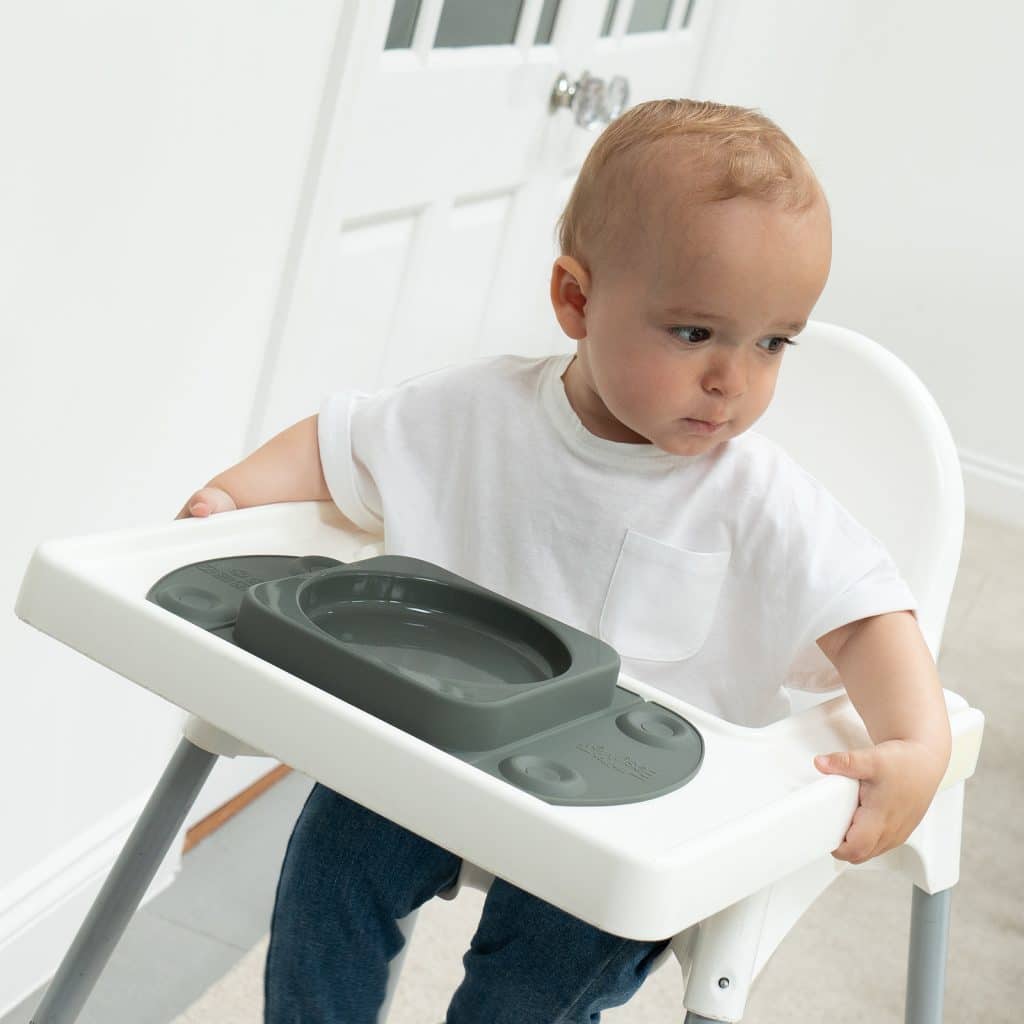 Easymat MiniMax Open Baby Suction Plate
Earn up to 29 points.$29.95
Easymat MiniMax Open Baby Suction Plate
Earn up to 29 points.$29.95
 Footsi® - Eco-friendly Adjustable Highchair Footrest - The Woodsi Footsi®
Earn up to 34 points.$29.95 – $34.95
Footsi® - Eco-friendly Adjustable Highchair Footrest - The Woodsi Footsi®
Earn up to 34 points.$29.95 – $34.95
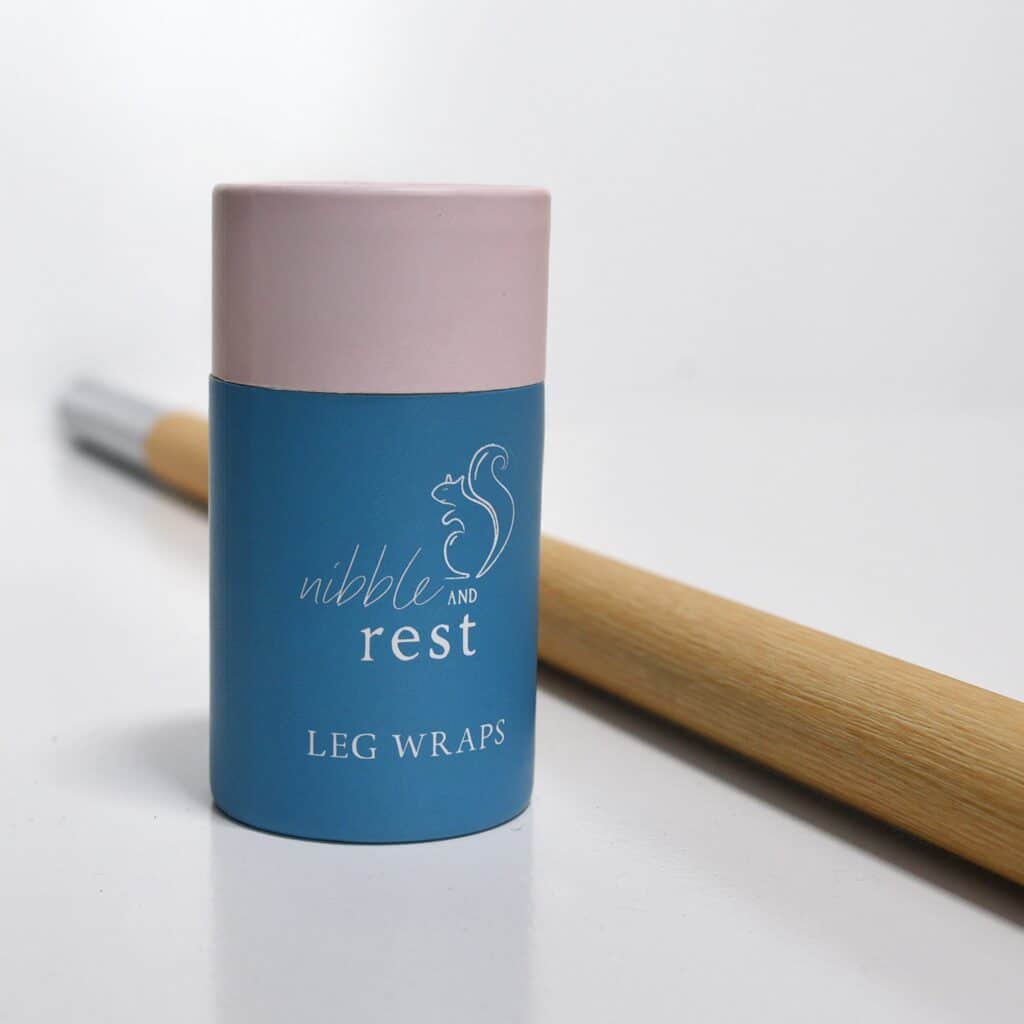 Leg wraps - KMART Highchair
Earn up to 19 points.$19.95
Leg wraps - KMART Highchair
Earn up to 19 points.$19.95

